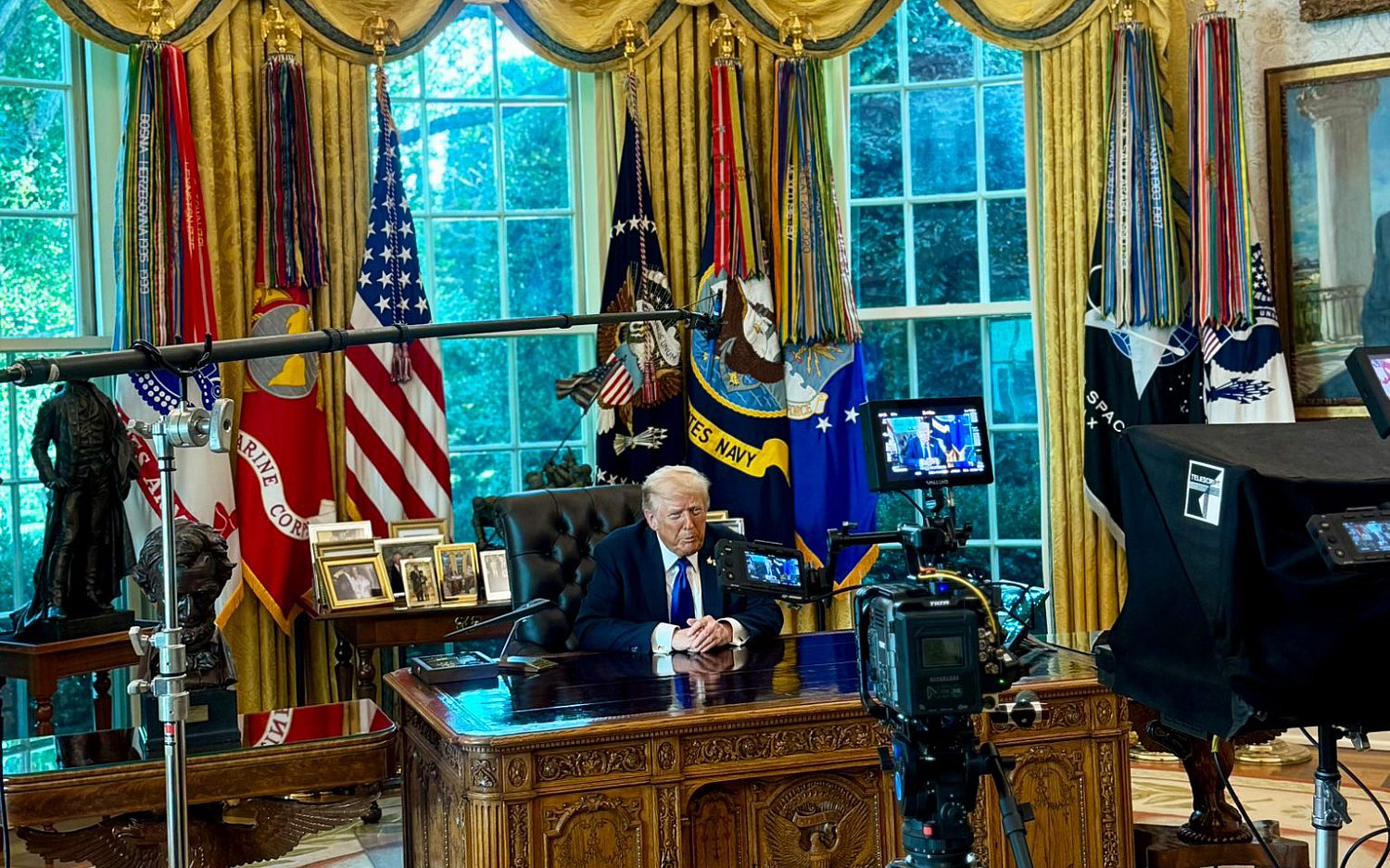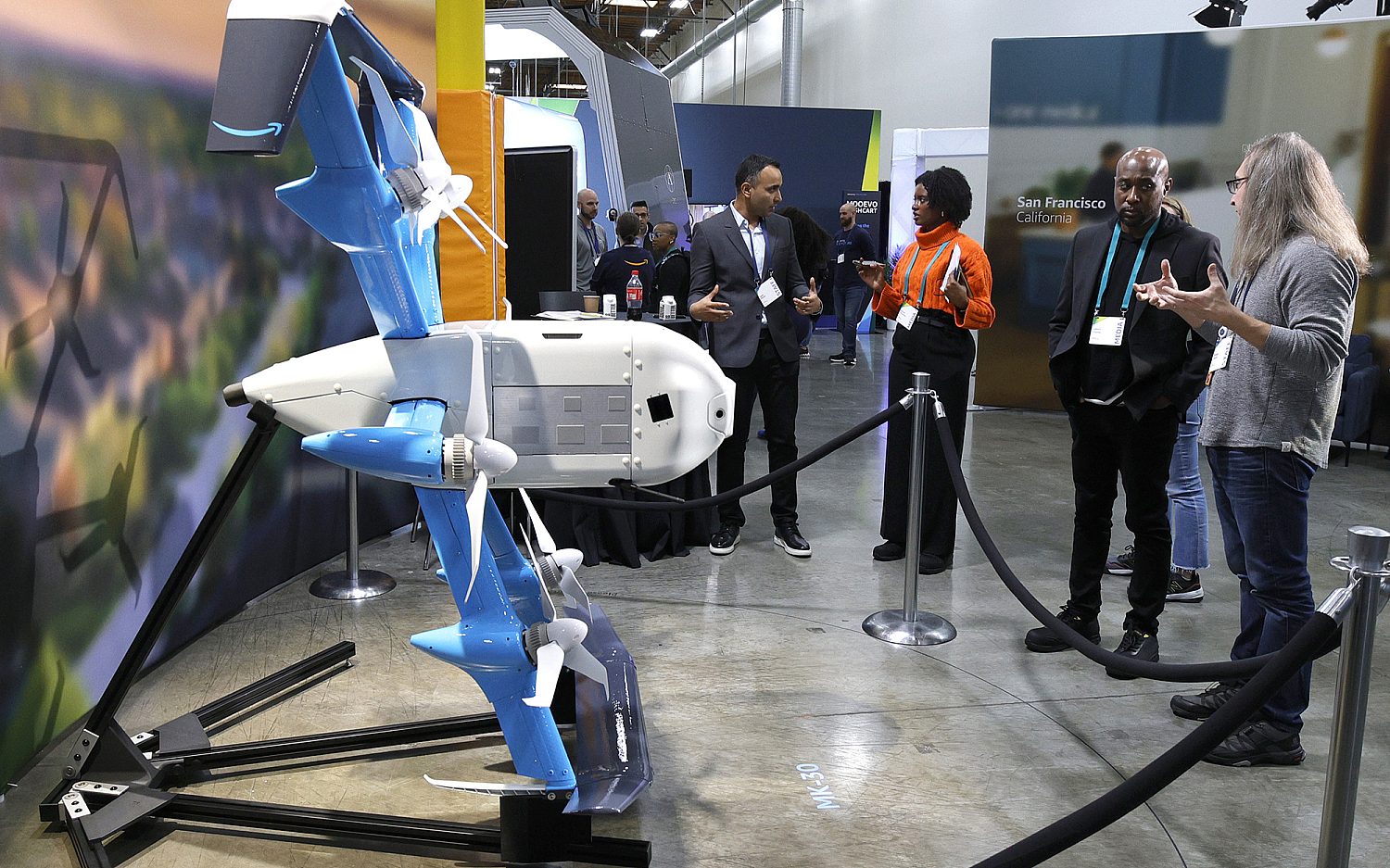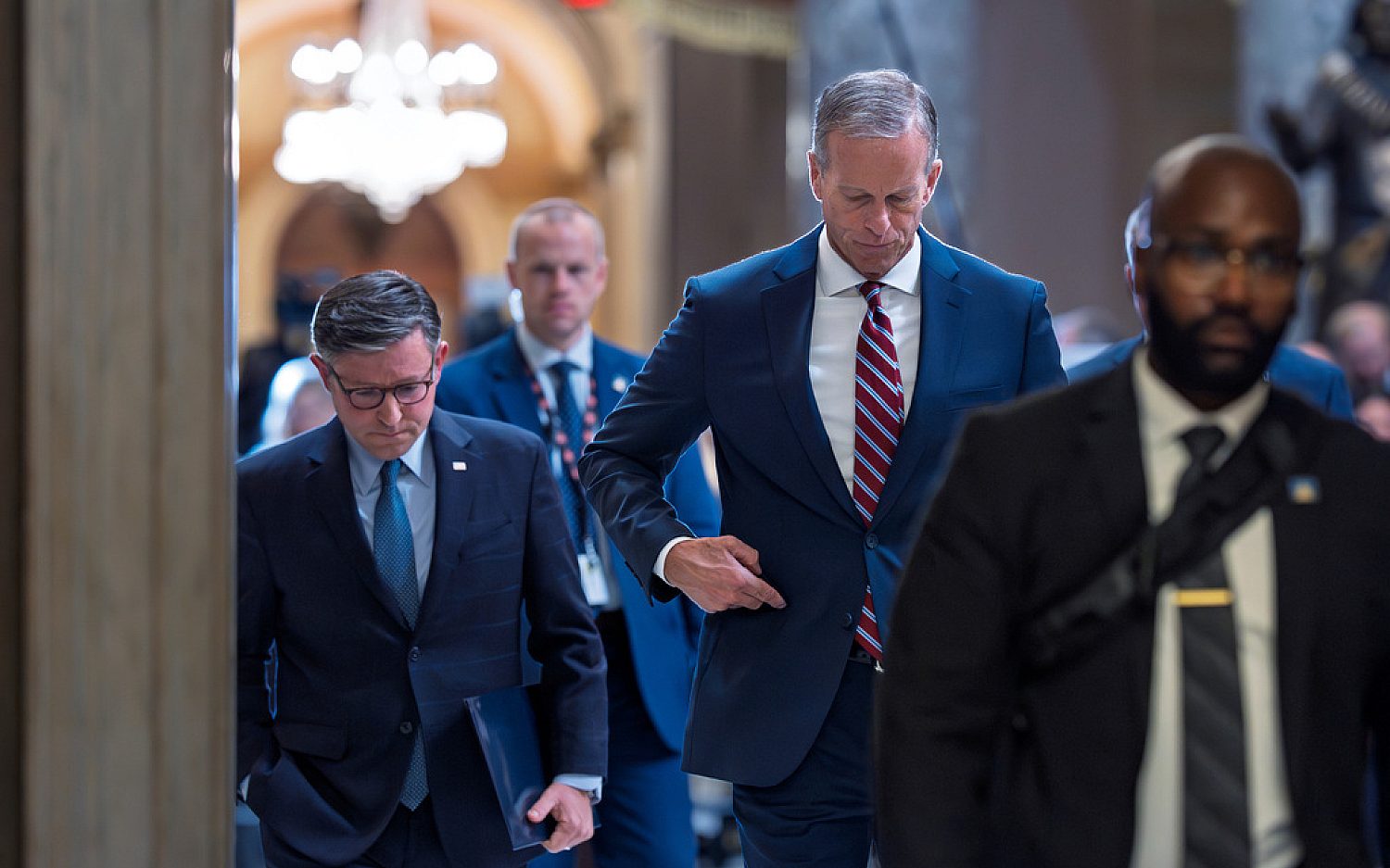Is that a swarm of drones on the horizon?
While U.S. businesses yearn to launch drones for agricultural, surveillance, and delivery purposes, the Federal Aviation Administration (FAA) continues to ban almost all commercial unmanned aircraft.
Two years after Congress obligated the FAA to create regulations for drone flights, it is playing catch-up with drone operators and manufacturers. The agency has yet to establish standards for integrating “Unmanned Aerial Systems” into airspace occupied by piloted aircraft.
The FAA said its greatest obstacle is determining how remotely controlled drones will be able to detect and avoid other aircraft in the world’s most crowded airspace. The security risk of in-flight hacking or disruption to drones’ navigation controls is also a major concern.
The biggest frustration to proponents of commercial drones—some as small as model planes—is the agency’s rationale for allowing hobby drone use but banning the same flights if made for commercial purposes like pizza delivery.
In November, the FAA introduced a “roadmap” for drone integration but acknowledged it was behind schedule on regulations, including plans to initially permit drones weighing less than 55 pounds and flying at altitudes under 400 feet, since manned flight must be above 500 feet. This means over the next few years, the FAA would approve drone permits only on a case-by-case basis. But the agency insists coverage of the approval process is rife with myths.
American drone makers say their profits and competitiveness are also hampered overseas by stringent export regulations on sales of weaponizable military drones. The regulations stem from the 1987 Missile Technology Control Regime agreement, conceived to halt the spread of ballistic missiles. Its signatories include many other Western nations and Japan—but not Israel and China.
Apprehensions about spreading advanced weaponized drone technology to countries or organizations hostile to the United States keeps the restrictions in place. But this undercuts the demand for the Predator and the Reaper, two of the world’s top deployed drones, made by San Diego-based General Atomics Aeronautical Systems Inc.
“There are countries like Israel and China that have weapons-capable aircraft and they can sell, so it definitely hampers us with business not just in this region but around the world because we cannot compete,” said Billy Gililland, president of systems integration at General Atomics.
Even adding in other U.S.-made, non-weaponized drones, Israel recently upstaged the United States as the leading droneexporter, selling $4.6 billion between 2005 and 2012, almost double the U.S. figures, according to consulting firm Frost & Sullivan. China’s state-owned companies also show rapid technological maturity and have manufactured dozens of drones.
Worldwide, drone usage is changing broadcast journalism with aerial filming of events like the Bangkok protests or the Winter Olympics in Sochi. They also monitor crops in Japan and will soon deliver documents in Dubai.
But privacy and regulation dominates political discussion both in the United States and abroad. Sen. Dianne Feinstein, D-Calif., is especially vocal about drone surveillance after reporting a drone that watched her through her own window last month. California legislated a total ban on weaponized drones and restricts drone use by law enforcement and government officials in a bid to protect citizens’ privacy. Virginia has a blanket two-year ban on drones in effect till 2015.
Once regulations are in place, the FAA expects up to 7,500 commercial drones, some smaller than a backpack, swarming across U.S. horizons within five years. Or as the FAA calls it, “One giant leap for unmanned-kind.”
An actual newsletter worth subscribing to instead of just a collection of links. —Adam
Sign up to receive The Sift email newsletter each weekday morning for the latest headlines from WORLD’s breaking news team.




Please wait while we load the latest comments...
Comments
Please register, subscribe, or log in to comment on this article.